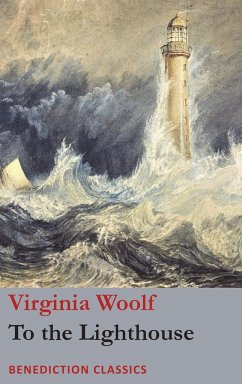

Ramsay is convinced that happiness, without any exception, is innately fleeting and ephemeral. This perception of the transient nature of life is ultimately something that was constructed by her deepest fears. Ramsay’s point of view, humans are rendered powerless in the face of nature and time. There was no treachery too base for the world to commit she knew that. Ramsay “…had always seized the fact that there is no reason, order, justice: but suffering, death, the poor. In addition to fearing the future of her children, Mrs. Ramsay becomes a prisoner to the transient nature of life because of her dismal attitude towards life. Ramsay resists the passage of time, desperately wishing her children would stay young forever. These two she would have liked to keep for ever just as they were, demons of wickedness, angels of delight, never to see them group up into long-legged monsters” (58). This is evident when she laments about how “…she never wanted James to grow a day older! or Cam either. Ramsay is consumed by a need to connect herself to enduring experiences as a result, this causes her to fear the future. Each of the main characters, the Ramsay’s and Lily, struggles with this awareness, thus, forcing them to helplessly grasp for symbols of permanence and stability.


Virginia Woolf’s To the Lighthouse poignantly captures the ephemeral nature of life by utilizing the internal thoughts and emotions embedded within the characters. Throughout her novel, Woolf shows how the relationship between ephemerality and permanence of time drives the plot. By utilizing both a stream of consciousness and concise writing style, Woolf forces her audience to view the paradoxical duality of time in a different light. She writes in a way that permeates between the inside and outside world of each character, mirroring how the mind speaks. In the novel To the Lighthouse, Virginia Woolf dives deep into the consciousness of her characters through her versatile writing style.


 0 kommentar(er)
0 kommentar(er)
